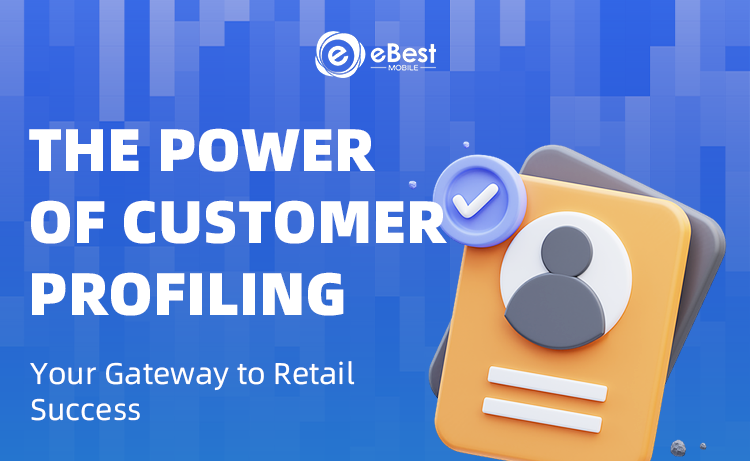
In today’s era of information abundance, gaining a deep understanding of your customers is mission-critical. For Consumer Packaged Goods (CPG) companies, gaining insights into their physical retail stores is a strategic imperative. It empowers field sales teams to decipher customer data, unearth brand growth opportunities, and transform potential into profits.
Demystifying Customer Profiling
Much like user profiling, customer profiling involves the collection and analysis of multi-dimensional data, encompassing customer (outlet) information, order histories, and product distributions. By harnessing advanced data analysis and data mining techniques, it categorizes diverse retail outlets into distinct groups or types, painting a precise picture of their unique characteristics. This empowers CPG companies with comprehensive insights into their channel partners and customers.
User profiling typically includes fundamental consumer demographics (e.g., gender, age, location), consumption behaviors, preferences, social media engagement, and online activity. In parallel, customer profiling encompasses essential store information, including geographical location, trade demographics, and distribution channel specifics. It also delves into distribution categories and SKUs, sales volumes, purchase frequencies, KPI achievement metrics, store rankings/scores, and more. This wealth of data equips CPG companies to move beyond guesswork and offer personalized products and services to their channel partner, ultimately enhancing customer experiences and product competitiveness.
eBest 360° Customer Profiling: Your Strategic Advantage
eBest provides an intuitive platform for visualizing store data, sales performance, distribution insights, and a comprehensive 360° customer profile. This holistic profile covers critical aspects such as sales revenue, volumes, essential distribution products, key SKUs for distribution, KPI achievement metrics, store credit limits/rankings/scores, and any other profiles that can be tailored to meet the unique requirements of CPG enterprises.
- Store Classification: Through customer profiling, stores can be categorized based on various criteria, such as channel types, store sizes, sales volumes, purchase frequencies, purchase amounts, or through a scoring mechanism. This in-depth categorization enhances the understanding of distinct stores’ specific distribution needs.
- Tailored Store Strategies: Customer profiling serves as the foundation for crafting customized distribution strategies for each store. It entails pinpointing the ideal products for distribution to individual stores and identifying which products are best suited for specific store profiles. For instance, it allows recommendations on distribution products based on store classification, geographical location, customer demographics, and popular products, enabling a personalized approach for each outlet.
- Precision Marketing and Promotion Strategies: Customer profiling paves the way for precisely targeted marketing campaigns and promotional tactics. These initiatives stimulate store to place more orders and empower field sales reps to swiftly grasp their customer needs, facilitating more effective sales strategies and enables more sell-in.
- Elevated Service Delivery: By harnessing the insights gleaned from customer profiling, field sales reps gain a deeper understanding of store purchase behaviors, preferences, and top-selling items. This valuable knowledge aids in improving services, anticipating purchase trends, and providing more personalized and attentive support for channel partners, thereby enhancing store satisfaction and loyalty.
- Data-Driven Decision Making: Customer profiling, coupled with data analysis, equips CPG companies with the ability to comprehend store demands and market dynamics. This intelligence informs decisions related to production, logistics, warehousing, delivery, and distribution channels, resulting in improved overall operational efficiency.
Gaining Insights, Seizing Opportunities
Leveraging eBest’s customer profiling, businesses can delve deeper into the world of retail outlets. This newfound clarity enables brands to better understand their end consumers’ demands, allowing for the delivery of personalized services, heightened customer satisfaction, and increased loyalty. In turn, this fuels brand growth and bolsters competitiveness.
